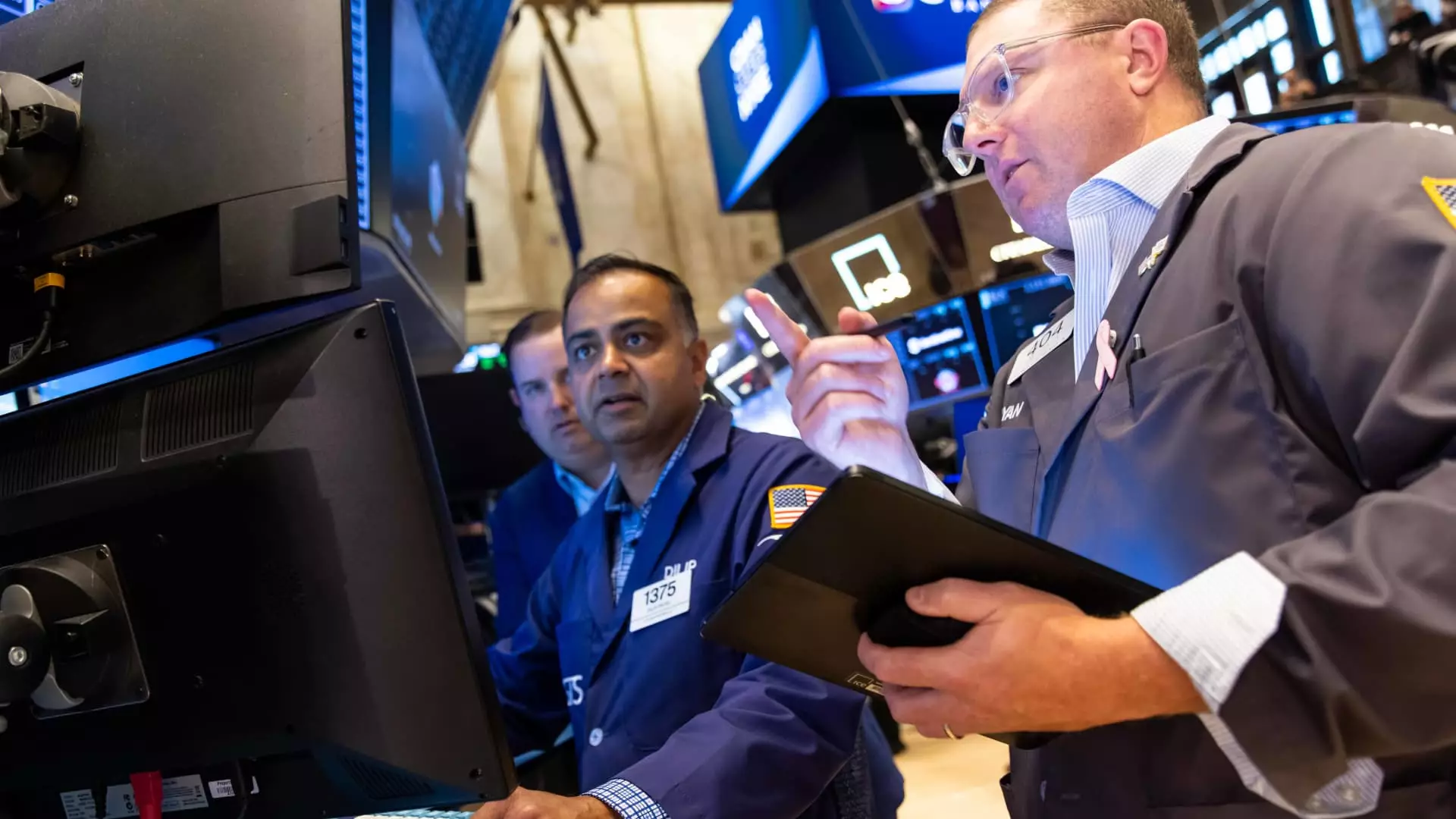In recent financial narratives, a dazzling image of international equity markets thriving dominates the discourse. JPMorgan’s glowing report highlights a double digit surge—over 17%—in developed and emerging markets. However, dig beneath this surface, and the narrative reveals a dangerous optimism rooted more in cyclical bounce than sustainable growth. The rally in global equities, especially outside the United States, has been largely driven by post-pandemic catch-up movements and valuation normalization after years of stagnation. While this might seem promising at first glance, it risks conflating short-term rebounds with long-term resilience. The markets are still mired in geopolitical uncertainties, currency volatilities, and structural vulnerabilities that question whether these gains are anything more than temporary reprieves rather than indications of a robust global economic revival.
Furthermore, the projected continuation of this momentum presumes that external factors like dollar depreciation and shifting trade policies will uniformly favor international markets. This assumption is overly sanguine. As the US continues to wield economic influence through tariffs and trade barriers, it risks worsening global fragmentation—potentially undermining the very growth JPMorgan anticipates. These developments could trigger unpredictable market reactions rather than sustained growth, especially as emerging markets remain vulnerable to capital flight, inflationary pressures, and debt burdens. Relying on international equities’ momentum neglects the underlying fragility of these markets and the likelihood that their current rally might be more speculative than grounded in healthy economic fundamentals.
The Illusion of U.S. Market Exhaustion and the Normalization Myth
The narrative of U.S. market exceptionalism being “stretched” and “overvalued” is a narrative that warrants a cautious critique. While valuations might seem high, disregarding the unique drivers of U.S. economic strength—such as technological innovation, consumer spending, and capital availability—could be shortsighted. What’s being portrayed as a correction or normalization might instead be a recalibration of a market that has historically bounced back from valuation peaks. The suggestion that U.S. markets are facing inevitable decline ignores the adaptive capacity of American corporations and the resilience of its financial system. Moreover, assuming that international markets will inevitably “catch up” risks overlooking their specific vulnerabilities—ranging from political instability to infrastructural deficits—that could derail this supposed normalization.
The temptation to see the current market scenario as a sign of impending decline distracts investors from considering the innovative investments and policy shifts that sustain U.S. market dominance. The emphasis on international outperformance as a “correction” or “catch-up” risks underestimating the strength and ongoing evolution of the American economic engine. Instead of retreating into pessimism, there is a need to recognize that what is happening is part of a dynamic phase of normalization—one that could be healthier and more balanced than the previous overextended spike.
The Artificial Intelligence Frenzy: A Promising Trend or a Market Bubble?
Artificial intelligence remains one of the loudest themes in modern investing. JPMorgan’s optimism about its continued growth aligns with the broader narrative of AI’s transformative potential. Yet, this enthusiasm often belies the risks of market hype and overconcentration. The phenomenon of the “Magnificent Seven”—a handful of tech giants—dominating the AI narrative inadvertently presents a distorted view. The decline in earnings growth from over 27% to 14% signals that even the most celebrated companies are facing diminishing returns, challenging the assumption that AI-driven growth is unstoppable.
Santos’ call for diversification into utilities and industrials heralds some hope for broader market participation, but the core issue remains: how sustainable is this AI-driven enthusiasm? History offers lessons about market bubbles fueled by technological euphoria—think of the dot-com bust. The key danger lies in the perception that AI success is limited solely to a handful of firms capable of implementing the technology at scale. This creates an environment where valuations are disconnected from actual earnings or productivity gains, risking that the current exuberance will fade into disappointment when expectations aren’t met or when technological bottlenecks surface.
Politically and economically, this obsession with AI risks fueling inequality further, as profits concentrate among a few large tech companies while smaller players and workers face displacement. The market may tout AI as the next frontier of growth, but such narratives often hide the deep structural risks—bubbles that could burst if the technological optimism proves misplaced or overhyped. Investors should remain skeptical of the idea that AI’s benefits are universal or guaranteed; instead, they should be prepared for corrections rooted in sentiment swings rather than fundamental shifts.
The Fragile Illusions of Prosperity in a Divided World
Ultimately, the optimistic outlook espoused by JPMorgan and others hinges on fragile assumptions. International markets may be experiencing a rebound, but they continue to grapple with geopolitical tensions, currency risks, and structural economic issues. Similarly, the AI boom appears promising but is riddled with the potential for overvaluation and technological setbacks. The U.S. market’s supposed normalization is less about a decline and more about recalibrating expectations in a complex global economy.
The prevailing narrative glosses over the inherent contradictions—rising international stocks alongside a retreat from U.S. exceptionalism, the artificial bloom of AI fanning market bubbles, and geopolitical risks threatening to dismantle the fragile gains. An honest assessment must acknowledge that these headlines often serve investor optimism more than economic reality, and the risks of overreach are real. Better to approach these exciting developments with cautious skepticism than blind faith, recognizing that sometimes the most alluring prospects hide the deepest pitfalls.


Leave a Reply